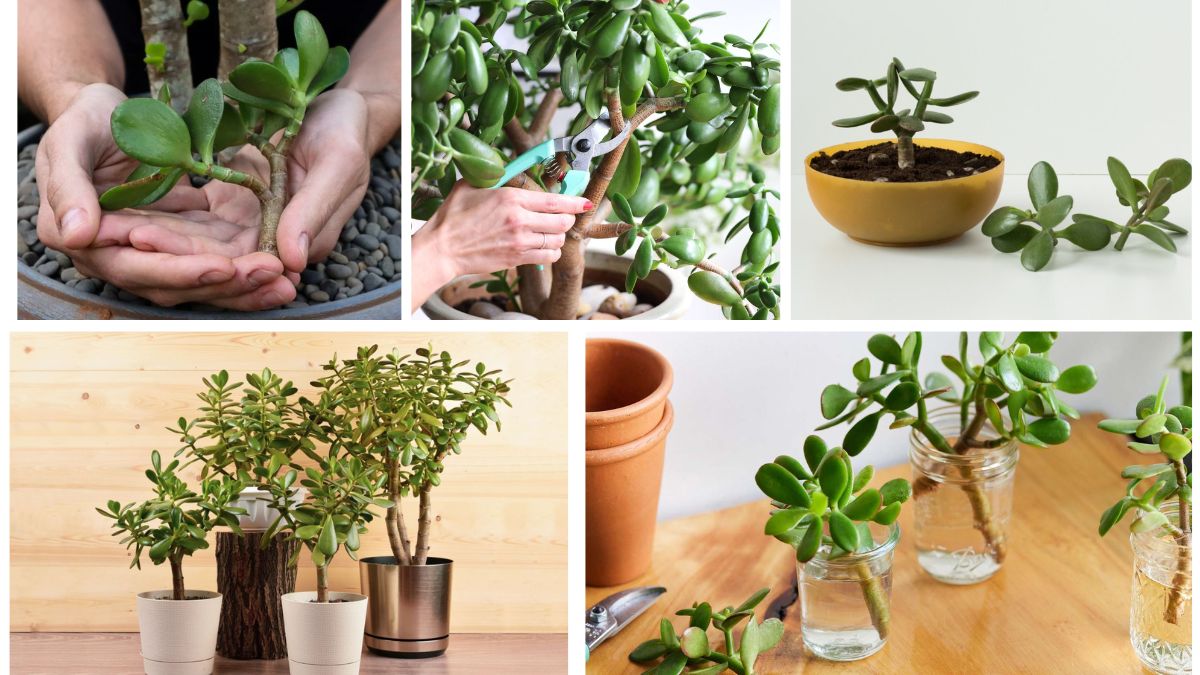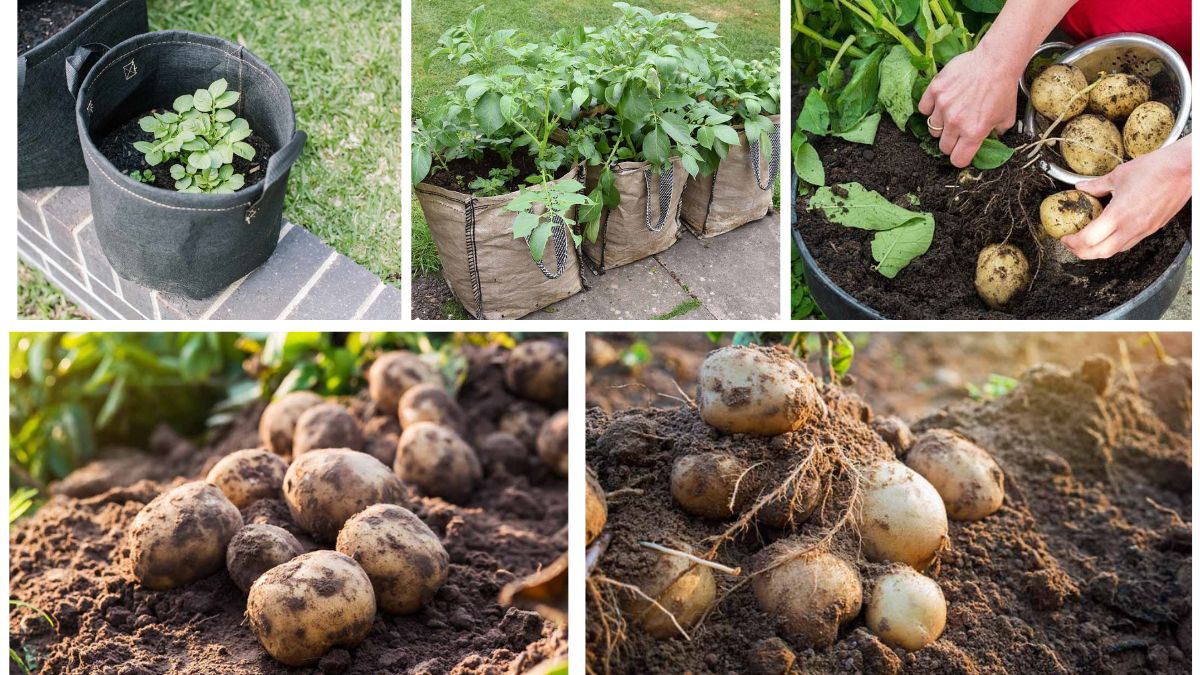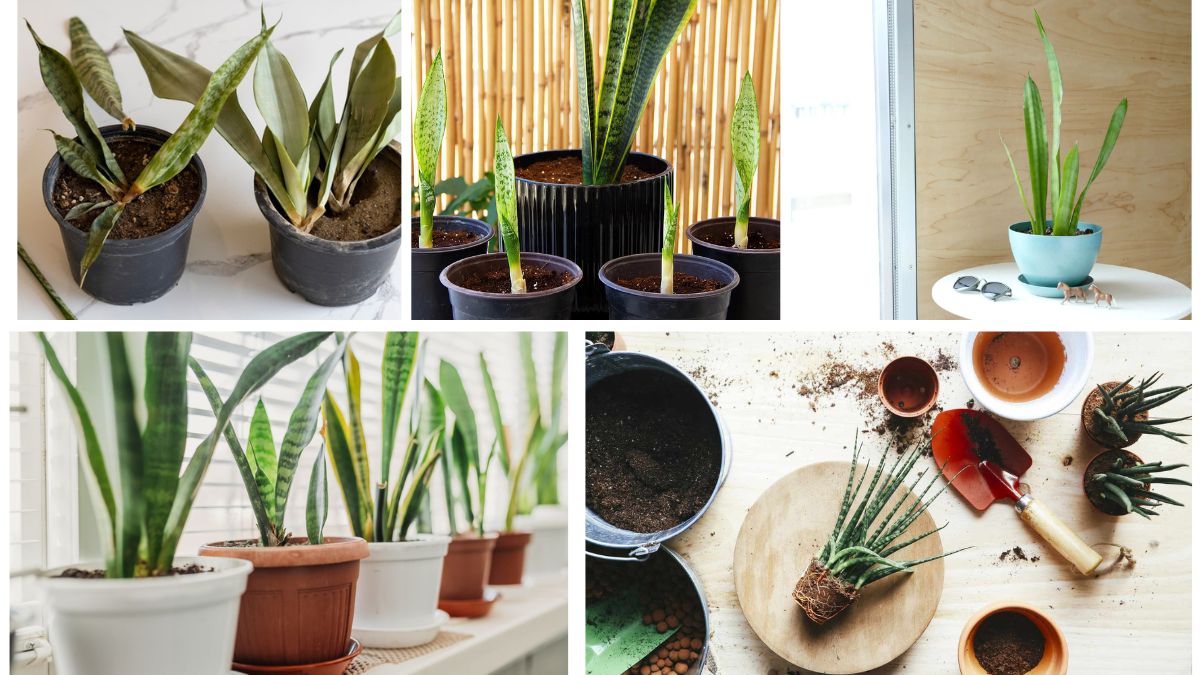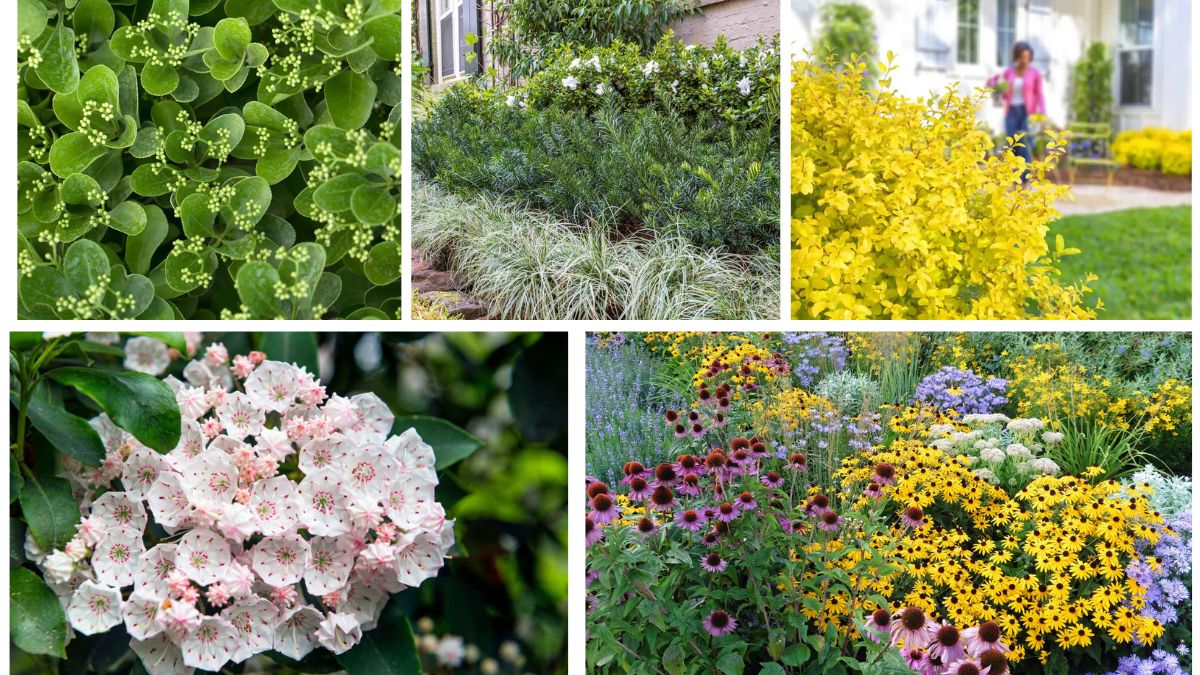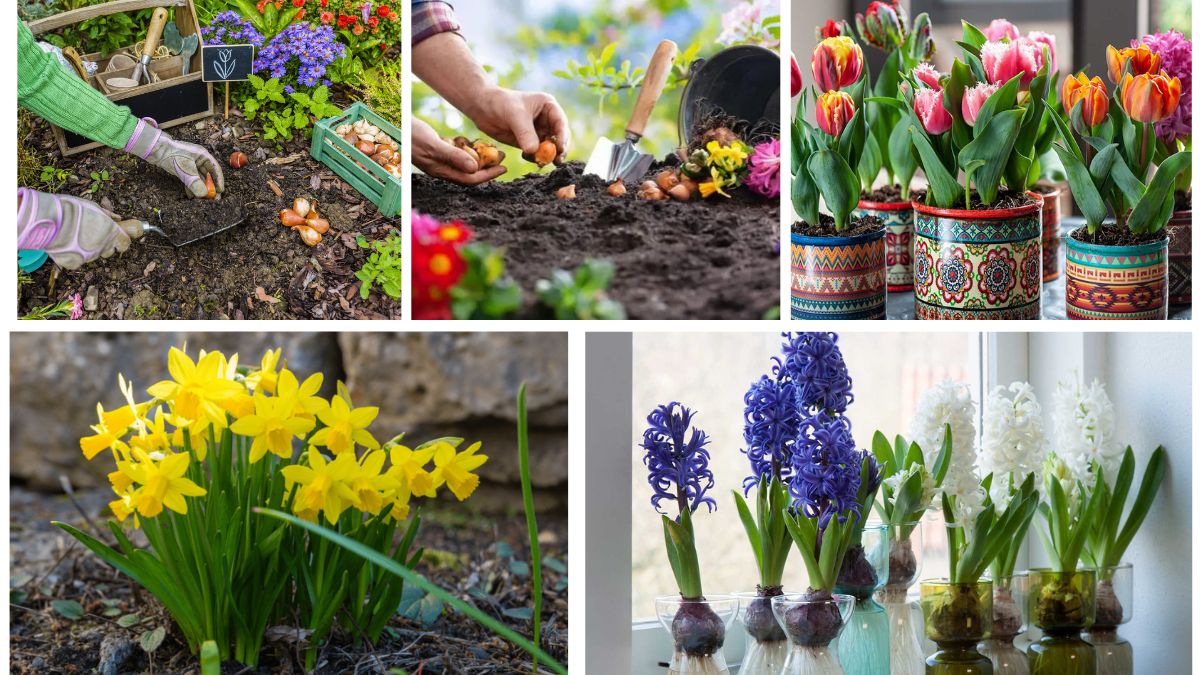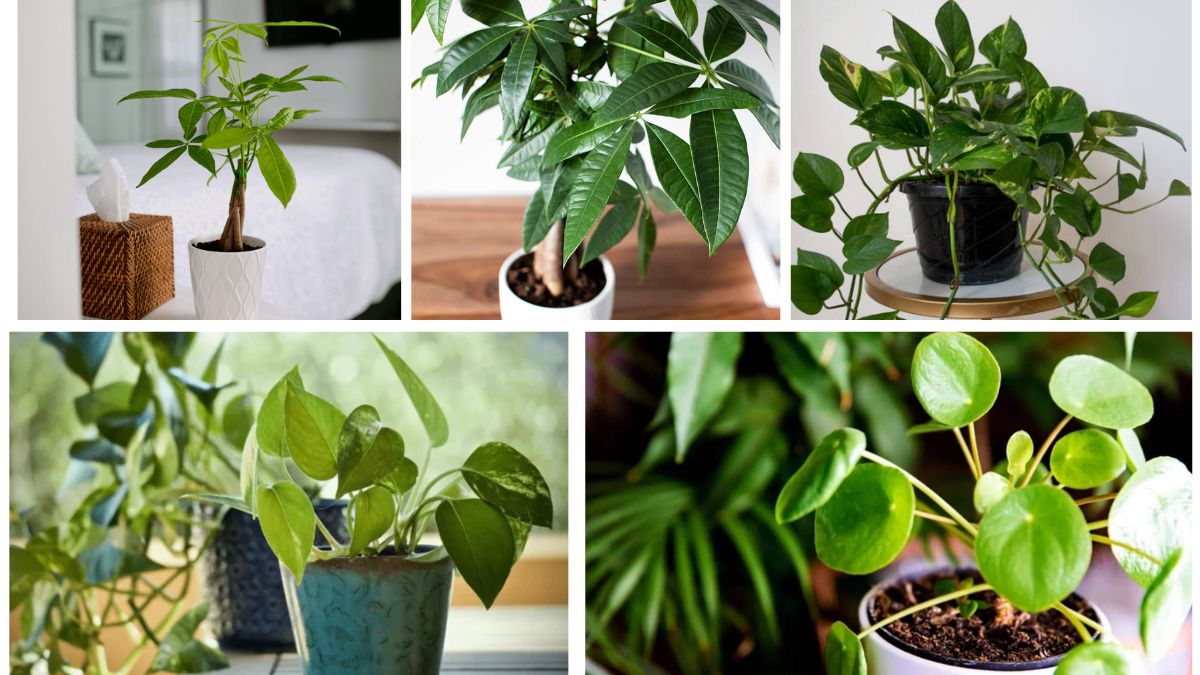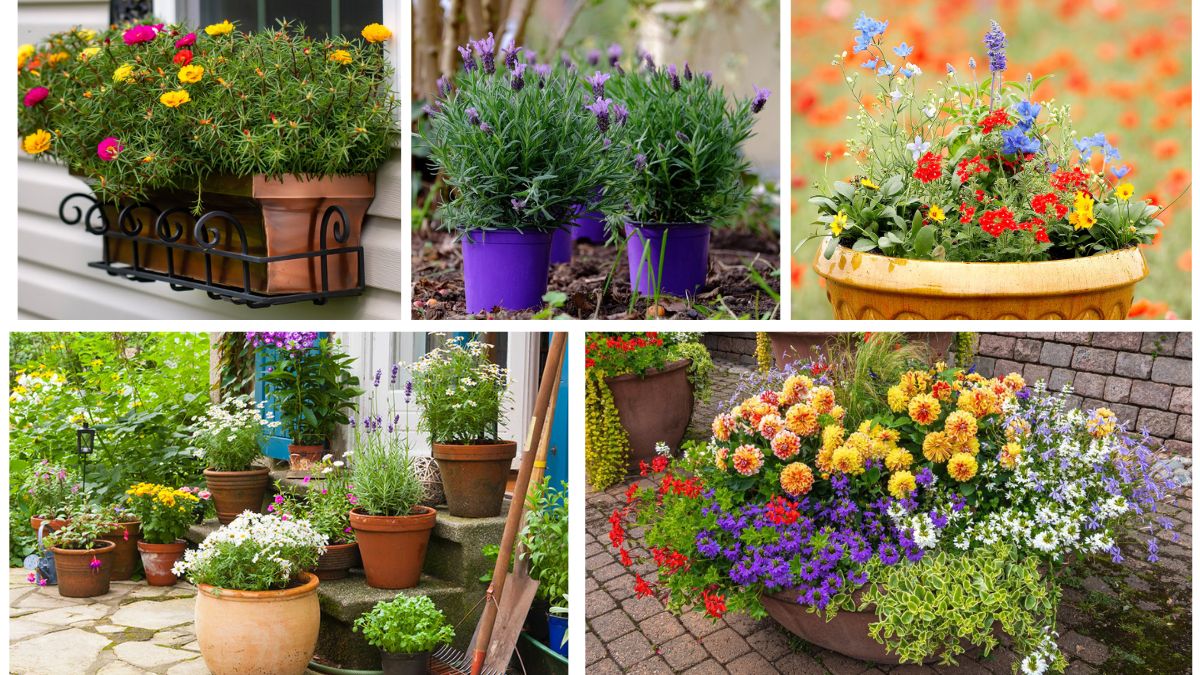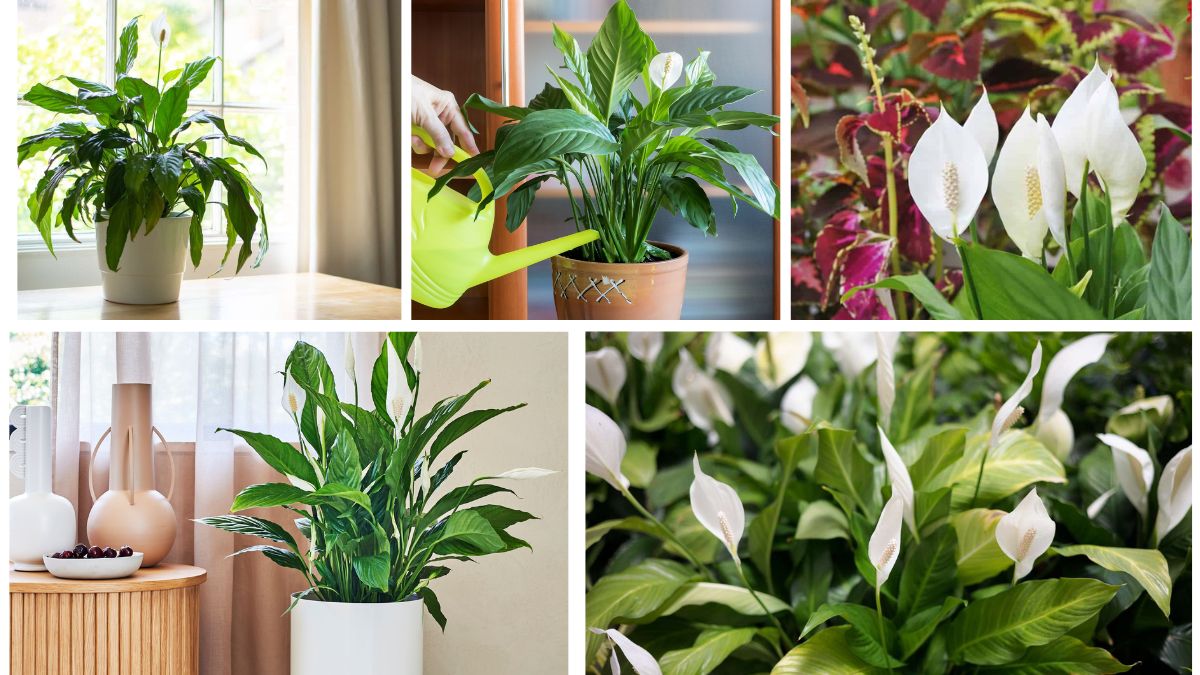How to Grow Jade Cuttings for Lucky Indoor Plants
Jade plants (Crassula ovata) are among the most beloved indoor succulents, admired not only for their thick, glossy green leaves but also for their symbolic meaning of prosperity, good luck, and longevity. Many cultures consider them a “money plant” or “lucky plant,” making them a popular choice for homes and offices. The great news is … Read more
